In the realm of construction work, safety takes center stage. This axiom becomes more paramount when the work involves meaningful altitude. High-altitude construction work poses a unique set of risks, including extreme weather conditions, precarious balance issues, and increased physical strains. It's a world where a single mistake or oversight can have devastating consequences. Thus, equipping workers with the best protective gear is not just a sensible decision, but a vital one.
This article takes a deep dive into the realm of protective gear for high-altitude construction work, examining the risks and challenges involved, the essentials of high-altitude safety gear, the significance of such gear in mitigating work-related hazards, guidelines for selecting the right gear, the role of training in maximizing protection, legal and industry standards, and ways to ensure gear effectiveness. By the end, you'll gain a comprehensive understanding – and appreciation – of the importance of protective gear in ensuring the safety and well-being of high-altitude construction workers. Protective gear is not just about compliance; it's about demonstrating a deep commitment to the life and health of every worker who puts their strength into building our cities, homes, and infrastructure. Join us as we traverse this critical terrain.
Understanding the Risks of High-Altitude Construction Work
High-altitude construction is a field that many of us may find awe-inspiring yet dread-invoking in equal measure. The breathtaking images of workers dangling hundreds of feet in the air, against the backdrop of a cityscape or mountains, sparks an admiration for professionals who face serious risks to construct edifices that touch the sky. In this article, we will explore the significant hazards connected with high-altitude construction work, split into two major categories - physical and environmental risks.
Physical Risks
Undeniably one of the most hazard-prone industries, construction work at height exposes workers to multiple types of physical risks. High-altitude work environments have different dynamics and risks compared to ground-level construction sites, and safety measures need to follow suit. Here is a list of physical risks to give us a clear idea:
- Falls: The number one threat for high-altitude workers is the risk of falling. Lack of proper fall protection measures or workplace miscommunication can result in catastrophic, even fatal, consequences.
- Object Strikes: Falling objects are as dangerous to workers below as falls are to the people working above. Unsecured tools or equipment can become hazardous projectiles in high-altitude situations.
- Ergonomic Injuries: Working at height often requires construction workers to maintain uncomfortable positions for extended periods, leading to musculoskeletal disorders.
- Electric shocks: Some high-altitude workers, especially in the commercial construction field, face the risk of coming into contact with overhead power lines, thus leading to electrocution.
Clearly, the raw facts paint a worrisome picture where physical risks are concerned. Therefore, extensive safety measures like harnesses, nets, and training are essential to ensuring worker safety on high-altitude construction sites.
Environmental Risks
While physical risks are fairly straightforward, environmental risks can be unpredictable and pose equally serious challenges. Some of these are:
- Weather: Weather can change rapidly at higher altitudes. Rain, snow, wind, and even intense sun can exacerbate high-altitude risks. Even wind speeds that seem manageable at ground level can become dangerously gusty higher up.
- Altitude sickness: Working at high altitudes can cause symptoms of acute mountain sickness such as nausea, fatigue, and dizziness, which can impede a worker’s performance and increase the potential for accidents.
- Noise and Air Quality: Elevated construction sites can expose workers to higher levels of noise and particulate pollution, both of which can have long-term effects on workers' health.
In conclusion, high-altitude construction work comes with an array of challenges that demand stringent safety measures and awareness. Recognizing and understanding these risks are the first steps in creating safer work environments for these intrepid workers, who climb great heights to shape, quite literally, our cities' skylines. The magnificence of their creations should be proportional to the level of their safety and well-being.
Essentials of High-Altitude Safety Gear
Embarking on a high-altitude adventure or job is an invigorating experience, but it also urges extreme caution. Every year, fall and trip incidences in high-altitude settings significantly contribute to global injuries. Such environments, which are more challenging and perilous due to the heights and weather conditions involved, demand special protection and gear. Today, let's explore the essentials of high-altitude safety gear, discuss each piece's role, and how it contributes to one's safety in high-altitude conditions.
Clothing and Footwear
Suiting up properly for high-altitude conditions begins with appropriate clothing and footwear. Quality attire will keep you warm, dry, and comfortable, no matter the weather conditions you might face.
- Insulated jackets and pants: These are integral for maintaining your body temperature, as the higher you climb, the lower the temperature will get.
- Moisture-wicking inner layers: This gear helps manage sweat, keeping you dry and reducing hypothermia risk.
- Sturdy, waterproof footwear: The right shoes can protect your feet from moisture, cold, and sharp objects, while offering the grip needed for safe movement in high-altitude areas.
Remember, wearing the correct attire isn't just about comfort; it's a vital strategy to keep hypothermia, frostbite, and other hazardous conditions at bay.
Head and Eye Protection
High-altitude work or adventures may expose one to falling debris, sunlight glare, and low temperatures. Therefore, including head and eye protection in one's high-altitude safety gear kit is crucial.
- Helmets: They protect the wearer from head injuries resulting from falling objects or falling over.
- Sun hats or caps: They shield the face from harsh sun rays, which can be more intense at high altitudes.
- Sunglasses or goggles: UV-protective eyewear defends against sun glare and provides clear sight.
It is essential to remember that the sun's UV rays can be much more potent at higher altitudes - take steps to protect your eyes and skin adequately.
Body Protection
Should the weather turn wet and cold, having reliable body protection can mean the difference between carrying on healthily and succumbing to the elements. In addition to clothing, consider incorporating these in your high-altitude safety gear:
- Gloves: Frostbite can quickly affect the hands; insulated gloves provide necessary protection without hindering dexterity.
- Gaiters: These protect your legs from snow, mud, and cold winds.
- Rain Gear: Being soaking wet in a cold, high-altitude environment can rapidly lead to a dangerous situation. Consider including some Essential Rain Gear for Construction for extra protection.
Lifelines and Fall Arrest Equipment
Lastly, lifelines and fall arrest equipment play a lifesaving role during high-altitude tasks. These include:
- Harnesses: They hold a person in place, and in case of a fall, spread the force across the body.
- Lanyards: These connect the harness to the anchor points or lifeline.
- Anchor Points: Points attached to a structure where the harness or lanyard is fastened.
Remember, the importance of robust high-altitude safety gear cannot be overstated. Stay informed, outfitted, and safe in all your lofty pursuits.
Significance of Protective Gear in Mitigating Risks
Protective gear plays a paramount role in minimizing risk and ensuring safety in various domains, whether in sports, at construction sites, or in medical settings. By creating barriers between the body and potential hazards, these protective tools aim to diminish the likelihood of injury or harm.
Decreasing Risk of Falls
One of the significant advantages of protective gear is its capacity to decrease the risk of falls. This is incredibly beneficial for workers in the construction industry, for whom falls from a height remain a leading cause of death.
- Helmets - A durable and well-constructed helmet can significantly lessen the impact of a fall. It defends the head, one of the most sensitive parts of the body, therefore preventing traumatic brain injuries.
- Safety Harnesses - These can avert fatal falls by providing a safety net that catches individuals when they slip or lose balance. A well-adjusted harness is both a life-saver and a confidence booster for personnel working at heights.
- Anti-slip Footwear - Specialized anti-slip shoes ensure a firm grip on slippery surfaces, helping to prevent falls and slips.
Controlling Exposure to Harsh Weather
People working in extreme weather conditions are often at risk of temperature-related health issues such as frostbite or heatstroke. High-quality protective gear can shield them against this harsh reality.
- Heat-resistant clothing - These are essential for workers in foundries, mines, and metal factories, where high temperatures are the norm. This gear can help to minimize the risk of heatstroke and severe burns.
- Cold-insulated clothing - Workers in cold environments, such as freeze warehouses and arctic zones, can benefit dramatically from cold-insulated clothing. It safeguards against hypothermia and frostbite, allowing people to work in comfort and safety.
Prevention of Other Accidents and Injuries
In addition to preventing falls and weather-related harm, protective gear also aids in reducing injuries from other accidents.
- Eye and Face Protectors - These shield the wearer from hazardous chemicals, flying debris, and destructive light rays. They can prevent serious eye injuries that might lead to permanent vision loss.
- Respiratory Masks - These safeguard against harmful air particles. Whether it's dust at a construction site or disease particles in a medical facility, respiratory masks filter out threats, ensuring only clean air enters the lungs.
- Protective Gloves - These are crucial across diverse sectors. They shield against cuts, abrasions, burns, and chemical exposure. Specially designed gloves can also minimize the risk of sudden electric shocks.
In summary, protective gear is not merely a requirement for safety standards; it is a necessity for preserving human life and health. Its significance is far beyond compliance and adherence to rules. It is about ensuring that every individual returns home safely after a day's work. Protection, prevention, and safety, therefore, should be a priority in every sector, without compromise.
Guidelines for Selecting Proper Gear
Gear selection can make the difference between a comfortable and productive day on the job, and a long, miserable one. Ensuring that your equipment is suitable for your workplace and environment is, therefore, key. To aid in this process, let's discuss some important considerations when selecting proper gear: Size and comfort, durability and materials, and specific hazards consideration.
Size and Comfort
Selecting the right size for your gear should be your priority. Ill-fitting gear not only feels uncomfortable, it can also become a safety concern as it may limit your movement and reduce effectiveness on the job. Here are some tips to help you choose the correct gear size:
- Take accurate measurements: Knowing your exact size is crucial. You need to know your height, weight, chest, waist, and hip measurements as various gear might have unique specifications.
- Consider room for layers: If you're working in cold conditions, you might have to wear several layers under your gear, so consider this when determining the right size.
Comfort also immensely matters along with the size. So, while considering your gear options, keep in mind:
- Your work mobility: Gear should allow you to move freely without major adjustments. Inadequate mobility can decrease your operational efficacy and increase the chances of mishaps.
- Check for ventilation: Certain jobs require you to work long-hours, thus the breathability of your gear becomes crucial to avoid overheating.
Durability and Materials
Closely related to the question of size and comfort is the issue of durability and materials. Gear that can't withstand the rigors of your work site won't last long and will cost you more in the long run.
When evaluating gear for durability, consider the following:
- Think about your working conditions: Certain materials perform better in specific conditions. For instance, waterproof gear made from PVC or nylon would be more suitable for wet conditions.
- Check Reinforcement: Gear with reinforced stitching or seaming can stand up to more wear and tear, prolonging its life.
Specific Hazards Consideration
While comfort and durability are vital, your primary concern should always be protection from specific workplace hazards.
Navigating this aspect involves:
- Risk assessment: Understanding prospective risks on your worksite will guide your gear selection
- Legal requirements: Depending on your job, there could be certain legal requirements for protective gear that you'll need to meet.
A great resource to help you get started would be our guide on "Choosing the Right Rain Gear". Following these guidelines will not only help keep you safe and comfortable at work, but will also lead to more hassle-free and effective gear shopping.
Role of Training in Maximizing Protection
The term 'protection' transcends just physical safety. It envelopes cyber, financial, and emotional security as well. "Protection," in all its forms, is the act of watching over and safeguarding ourselves and others from any form of harm or damage. Therefore, it goes without saying that accomplishing maximum protection requires more than mere focus. It requires thorough, rigorous training. But why such importance on training?
Proper Use of Equipment
Equipment plays a vital role in security operations, be it physical protection like helmets and bulletproof vests for law enforcement officers, or firewalls and virus scanners for cybersecurity. However, the effectiveness of such equipment is only as good as the person using it. This is where training takes center stage. Let's delve into this topic a bit deeper:
- Familiarity with equipment: Training helps individuals become familiar not just with the functional aspects of the gear, but also its limitations. A trained person has a firm grasp on the breadth and depth of the equipment's capacities.
- Efficient usage: Knowing how to operate equipment efficiently not only amplifies protection but also increases the lifespan of the gear.
- Smooth co-operation: In a situation requiring teamwork, being trained on the same equipment ensures smooth cooperation, a boon in high-pressure circumstances.
- Troubleshooting: Understanding the ins and outs of equipment paves the way for effective troubleshooting, minimizing potential downtime.
Emergency Procedures and Response
Having systematic procedures in place for responding to emergencies is a crucial aspect of protection. Nonetheless, these guidelines are of no use if individuals aren't thoroughly trained on them. Let's dwell on why the coaching factor is of utmost significance in emergency response:
- Reduction in Panic: Knowing what to do in an unforeseen event reduces panic and allows individuals to think clearly, helping in efficient dealing with the situation.
- Quick response: Training fosters quicker response times in emergencies, which can be instrumental in mitigating damage and loss.
- Resource optimization: Trained individuals know how to use available resources optimally during emergency situations, helping curb unnecessary wastage.
Protection is a wide-ranging and dynamic area that is continuously evolving, and training solidifies the preparedness to keep up with these changes. It's incredibly crucial that employers, governments, and even individuals themselves prioritize training as a core strategy for bolstering protection. With the right knowledge, we can convert potential vulnerabilities into strengths.
Remember, 'practice makes perfect' is more than just a proverb. It's a way of life when it comes to maximizing protection.
Legal and Industry Standards
Workplaces, across different industries, are obligated to conform to a variety of legal and industry standards when it comes to safety and efficiency. These standards are designed to ensure that every working individual operates in a safe and healthy environment. They are usually mandated by regulatory bodies and non-compliance can severe penalty. Two such key standards are OSHA Guidelines in the United States and EN Standards in the European region.
OSHA Guidelines
The Occupational Safety and Health Administration (OSHA) plays a pivotal role in administering laws related to workplace safety. Established on December 29, 1970, it has been striving diligently towards ensuring secure working conditions in the US. OSHA guidelines range from managing hazardous materials to providing appropriate safety training.
OSHA's requirements include the following:
- Employers must provide a safe and healthy work environment.
- Employers must comply with OSHA standards and rules.
- Employers must keep records of any injuries or illnesses that occur in the workplace.
OSHA guidelines have proven instrumental in reducing workplace injuries and fostering better safety protocols. If you're an employer in the US, ensuring your workplace meets these guidelines is not just a legal requirement, but a commitment to the well-being of your employees.
EN Standards
While OSHA regulates workplaces in the US, the European Standards (EN) are widely adopted across industries in Europe. Created by three recognized European Standardization Organizations (CEN, CENELEC, and ETSI), these standards intend to create a common approach for businesses and promote the free movement of goods throughout the European Union.
Key aspects of EN standards include:
- They help ensure product functionality and safety.
- They enforce the principles of the New Approach, increasing transparency and fairness in trade relations.
- They work toward common technical specifications throughout the EU, contributing to enhanced innovation and competitiveness.
Adherence to EN standards simplifies the process of introducing new products or services in European markets. These standards illustrate technical requirements a product or service must fulfill to comply with EU regulations and provide a crucial framework for development and innovation.
Understanding and implementing both OSHA and EN standards is fundamental for businesses wanting to uphold the highest safety measures and maintain a reputable image in their respective industry. While keeping up with such guidelines might seem challenging, the long-term benefits far outweigh the initial efforts involved. It's not just about staying on the right side of the law – it's about creating a culture that respects and values its workforce.
Ways to Ensure Gear Effectiveness
In a world where machines have become an integral part of our daily routines, ensuring equipment effectiveness is not only necessary but critical. From cars to factory machines, maintaining good gear health can make all the difference between smooth operations and costly breakdowns. Here's a look at a couple of strategies to keep in mind for gear effectiveness.
Regular Inspection
You wouldn't wait for your car to breakdown before taking it to a mechanic, right? The same principle applies to gear systems. Regular inspection is a proactive measure to nip potential issues in the bud, ensuring your gears run at peak efficiency. Here's what a regular inspection entails:
- Visual Observation: Determine visible signs of gear wear and tear such as clattering noises, irregular movements, or the appearance of rust and dust.
- Technical Inspection: This involves checking gear alignment, lubrication, and temperature. Tools such as borescopes might be employed for interior inspection.
- Relevant Data Analysis: Evaluating performance metrics over time can alert you to any gradual decrease in gear effectiveness.
Maintenance and Replacement
Once potential issues have been identified, proper maintenance is key to ensuring gear effectiveness. However, when necessary, replacement should be prompt to prevent major breakdowns. Here are key maintenance procedures and when replacement might be necessary:
- Lubrication: Regular gear lubrication minimizes friction and prevents overheating. However, it's crucial to use the right type and quantity of lubricant to avoid creating other problems.
- Cleaning: Keeping gears clean of dust and grit can prolong their life, as both can cause serious wear and tear.
- Alignment and Balance: Poorly aligned or imbalanced gears can lead to excessive vibration which can reduce the efficiency of the system.
- Replacement: If a gear exhibits severe damage, wear or tear after inspection, it may be more cost effective, and reliable to replace it all together, rather than trying to fix it.
The bottom line is, regular inspection combined with proper maintenance and replacement when necessary can help ensure gear effectiveness. It's about creating a balance that promotes the longest possible lifespan for your gear while keeping ruptures and performance drops at bay.
Conclusion
Immersing ourselves in the high-risk, high-reward world of high-altitude construction work has shown us the importance of appropriate protective gear. From fall arrest systems to weather-defying clothing, every piece exists to decrease risks and ensure the safety and productivity of our hardworking construction workforce.
However, we must remember that safety gear, no matter how innovative or sturdy it is, can only provide protection to the extent that it is used correctly. So, gear acquisition must go hand-in-hand with an intensive training regime. Regulations such as OSHA Guidelines and EN Standards place an effective check, ensuring that all gear and safety procedures satisfy the stringent requirements of the industry.
Speaking of products that adhere to the highest standards, at Rain Gear Pro, we've taken the lessons learned from the altitude to heart. We've crafted chainsaw safety pants that come with kevlar inserts for utmost protection, offering unparalleled comfort and longevity. These saw pants are just one of the many products we produce, engineered and manufactured in Canada, that epitomize our commitment to the safety of our fellow workers. Ready to explore these protective essentials? Hop over to our website for more information.
In the end, the choice of gear and subsequent adoption of safety procedures reflect not just upon individual workers, but upon whole organizations, and indeed, upon the construction industry itself. So, let's work together to build safer workspaces up in the high altitudes - one safety gear at a time.
Frequently Asked Questions
-
What are some essential protective gear for high-altitude construction work?
Some essential protective gear for high-altitude construction work includes harnesses, safety ropes, hard hats, safety glasses, high-visibility vests, gloves, and non-slip boots.
-
Why is wearing a harness important in high-altitude construction work?
Wearing a harness is crucial in high-altitude construction work as it prevents falls from heights. It provides a secure attachment point and distributes the impact force in case of a fall, reducing the risk of serious injuries or fatalities.
-
Do I need specialized non-slip boots for high-altitude construction work?
Yes, specialized non-slip boots are recommended for high-altitude construction work as they provide better traction on slippery surfaces, preventing slips and falls. They offer enhanced stability and protect against potential foot injuries.
-
What should I consider when choosing high-altitude protective gear?
When choosing high-altitude protective gear, consider factors such as adherence to safety regulations, durability, comfort, proper fit, flexibility, breathability, visibility, and the specific hazards of your construction site.
-
Can I use regular safety gear for high-altitude construction work?
It is not recommended to use regular safety gear for high-altitude construction work. Specialized gear is designed specifically to withstand the challenges and unique hazards of working at high altitudes, providing enhanced protection and safety.



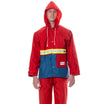
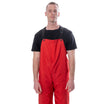
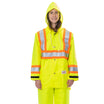
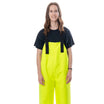
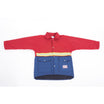
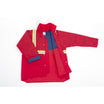

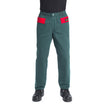
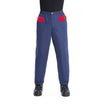
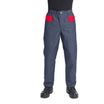
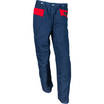
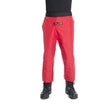
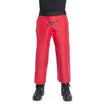
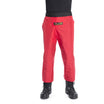
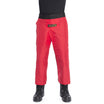
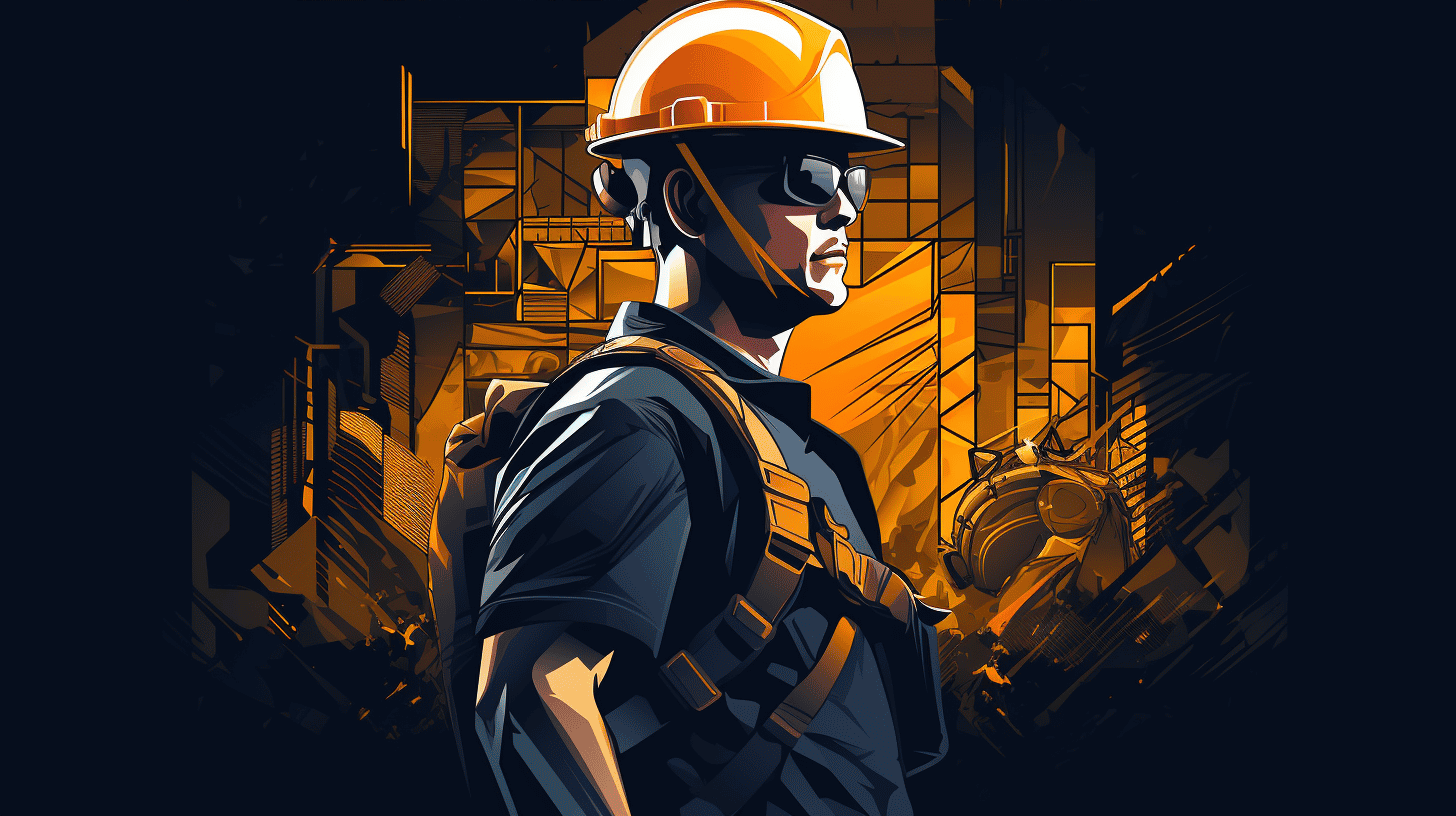

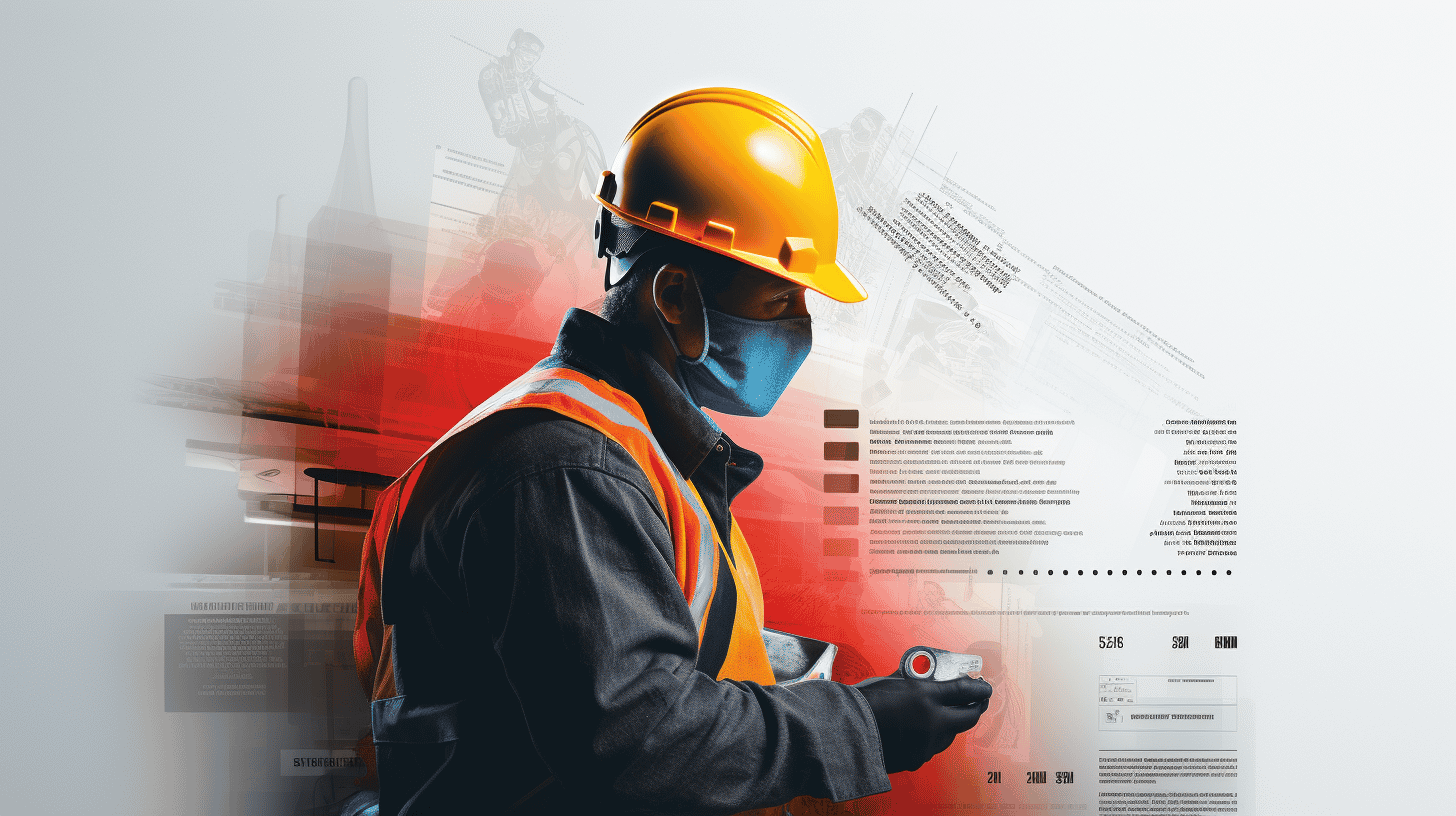
Leave a comment
This site is protected by hCaptcha and the hCaptcha Privacy Policy and Terms of Service apply.